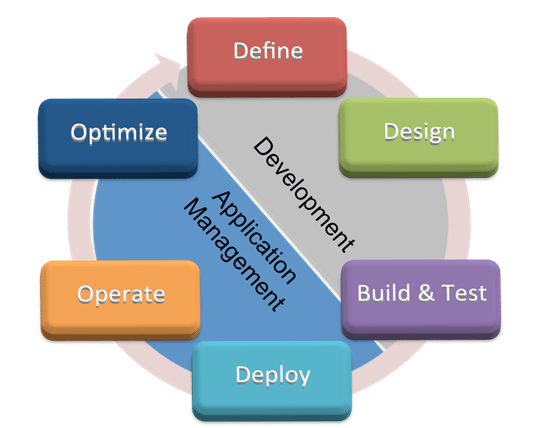 Neven Zitek
Neven Zitek
March 18, 2014
Everything we use on our computers and mobile devices are applications of some sort. Even now, as you’re reading this blog post, you are using an application for browsing the web. I’m guessing that you’ve sent and received several e-mail messages today using e-mail application software, and probably used a word processing and / or spreadsheet application as well. Those, and many other applications, have their roles firmly established within our daily routine – so much so that we almost take them for granted. But, if you use those applications within a business environment, and for the business itself, then you’ll need to make sure such applications can be depended upon, are best fits for the task, and are cost effective. Not only that, but business applications (and business supporting applications) must be compatible with the business environment, meet certain security requirements, and be easy to operate and maintain. How to effectively balance between all those requirements is the topic of ITIL Application Management Lifecycle.
Application Management is responsible for managing applications throughout their lifecycles. Application Management is a function, which supports and maintains operational applications and also plays an important role in the design, testing and improvement of applications that form part of IT services.

Figure 1 – ITIL Application Management Lifecycle
The Application Management Lifecycle, as shown in Figure 1, consists of six logical and easy-to-understand phases:
It is important to distinguish that applications themselves do not equate to a service. It is common in many organizations to refer to applications as “services”; however, applications are but one component of many needed to provide a business service.
In case of Software as a Service (SaaS), the end user uses application software (generally stored and executed in the cloud) on demand via thin client hardware or via web services – without usage of any resources on his part, other than those required to access the SaaS provider. And, even in those cases, the software application is a service frontend, but not the service itself.

Figure 2 – Application Management Lifecycle vs. ITIL Service Management Lifecycle matrix
So, what does all this mean for the Application Management Lifecycle? In general, as the complexity of applications increases, so does our effort to manage them. Fortunately, the Application Management Lifecycle is strongly tied to the ITIL Service Management Lifecycle (as shown in Figure 2), allowing us to handle all challenges associated with it in a way we are already familiar with, and which is considered to be the best practice.
With all of our (business) dependence on applications, both business representatives and IT organizations must be aware of the benefits that good Application Management brings. It ensures not only functionality required, but it also ensures that the application selected will fit well within the current business environment, and more importantly, will not increase operational and management costs.
You can also check out this free sample of the Application Management Function to learn about the process responsible for managing applications throughout their lifecycle.